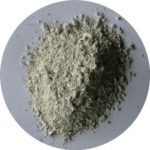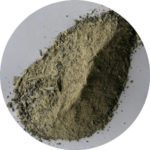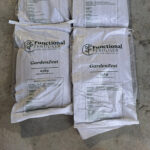By Peter Burton
In Oct 2006 an article was published containing a summary of a report by Tim Bromilow a Scottish soil scientist after having spent 6 weeks travelling around New Zealand.
Although complimentary in regard to the ability of Fonterra, scientists and famers to deal with impending problems, his report did mention the damage already inflicted. This included the $127 million per year cost of soil erosion, 60% of water samples containing campylobacter, and the pollution levels in all lower Waikato waterways.
Bromilow also wryly noted the use of “an influential AgResearch promotional video that extolled the virtues of (synthetic) nitrogen as the cheapest source of fertiliser money can buy.”
Since 2006 the sale of urea, the cheapest form of synthetic nitrogen fertiliser has escalated. We’ve been told of instances where extra urea has been applied when farmers are unable to afford their normal phosphorus, sulphur, and potassium inputs.
Urea fertiliser was widely used in many European countries long before it became common practise in this country. It’s now highly regulated there due to problems arising from soil degradation, loss of soil carbon, and excess nitrate in drinking water.
Perhaps because we were brought up believing we were the best pastoral farmers in the world therefore there was nothing to be learnt from overseas, or maybe there was, and remains, a different reason for its use.
Either way we don’t seem to have learnt from others’ experiences and are now entering an era of government policy regulating animal numbers and management practises, ultimately dictating land use and prices.
There is an alternative to the current synthetic nitrogen dependent programmes, where on average 230kg bag N/ha is being applied to our best land.
Pasture production using these alternative products and programmes is up by as much as 30% and nitrate-N levels in ground water have been measured at 70% less, with no increase in total fertiliser costs.
As pasture production increases feed quality also lifts. More of the nitrate in pasture is converted to full protein away from crude protein resulting in higher protein in milk while fat levels remain unaffected.
Plants photosynthesise more efficiently, with dairy herds peaking at 2.4kgMS/cow/day and not losing weight.
Soils using these inputs steadily sequester carbon leading to significantly higher moisture and nutrient storage capacity, resulting in stronger growth into a dry summer and quicker recovery when rain arrives.
Given on-going submissions to Regional Councils and excellent political connections there’s been no support at MPI or Ministerial level. Federated Farmers, Dairy NZ, and AgResearch have actively denigrated the results despite farmer delegations demanding further research.
Just recently two pieces of information have come to hand that help make sense of this perplexing situation.
The ammonia urea plant in Taranaki, one of the National Governments think big projects in the 1980’s is currently receiving annual carbon credits covering 90% of its estimated CO2 emissions. A bizarre situation when legumes fix nitrogen organically from the air we breathe, for free.
In essence the manufacture of urea is subsidised by taxpayers hiding its true cost, including the environmental downsides.
When the Maui gas field, which provided the energy for the plant, was developed in conjunction with Shell Oil, the Government of the day agreed to pay for or take the gas and the ammonia urea plant was built, against the advice of leading scientists.
Farmers are being told that cow numbers are the reason for the increasing nitrate nitrogen levels in groundwater and soil degradation. In our view that’s not the case.
The problem is excess nitrate (crude protein) in pasture as a result of an addiction to cheap synthetic nitrogen fertiliser resulting from the Government’s obligation to purchase large quantities of natural gas.
Unless farmers individually and collectively act to control their own destiny, regulation putting their livelihoods and standing in the community in even greater jeopardy is inevitable and imminent.
For more information contact Peter on 0800 843 809.




